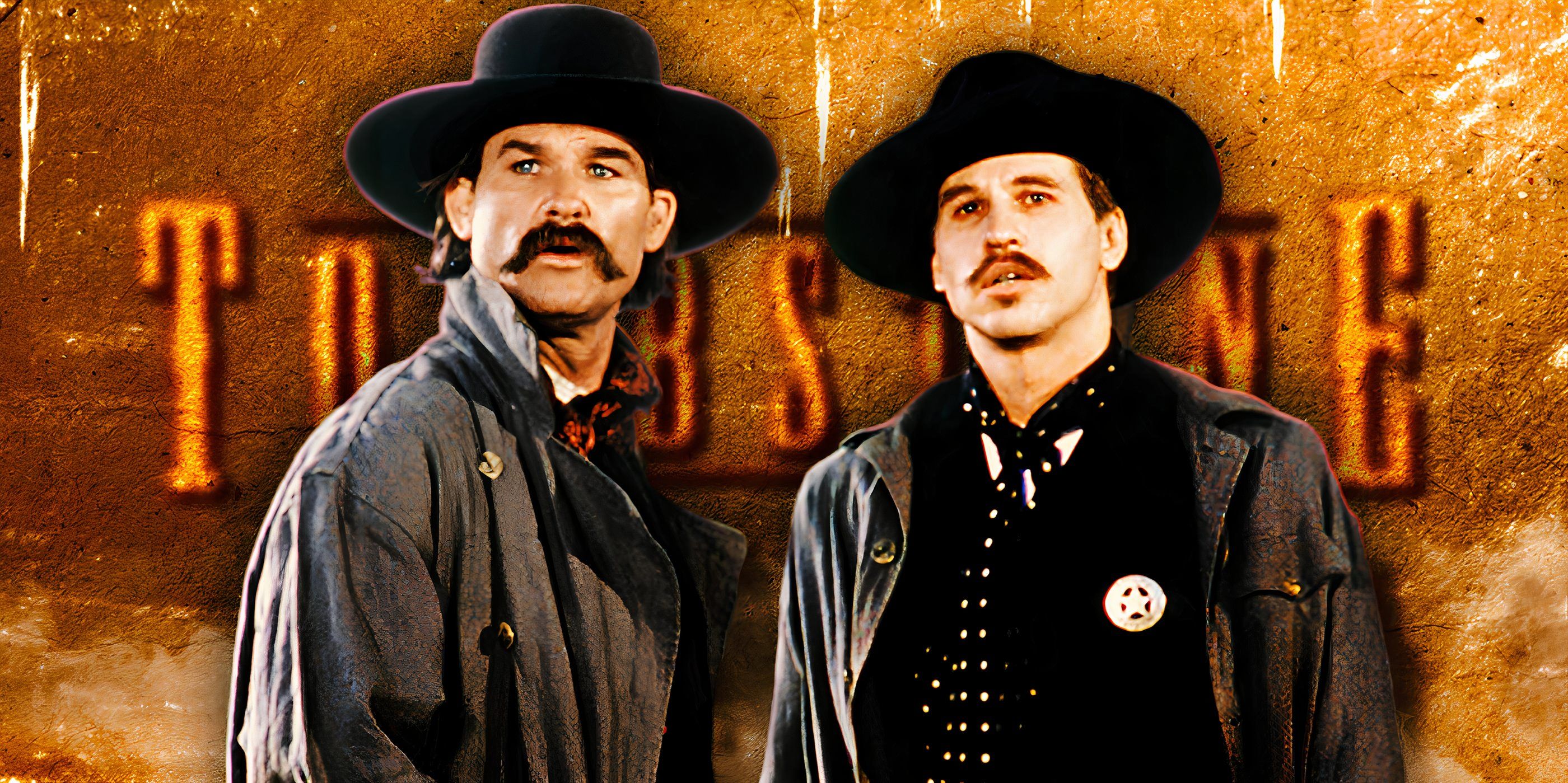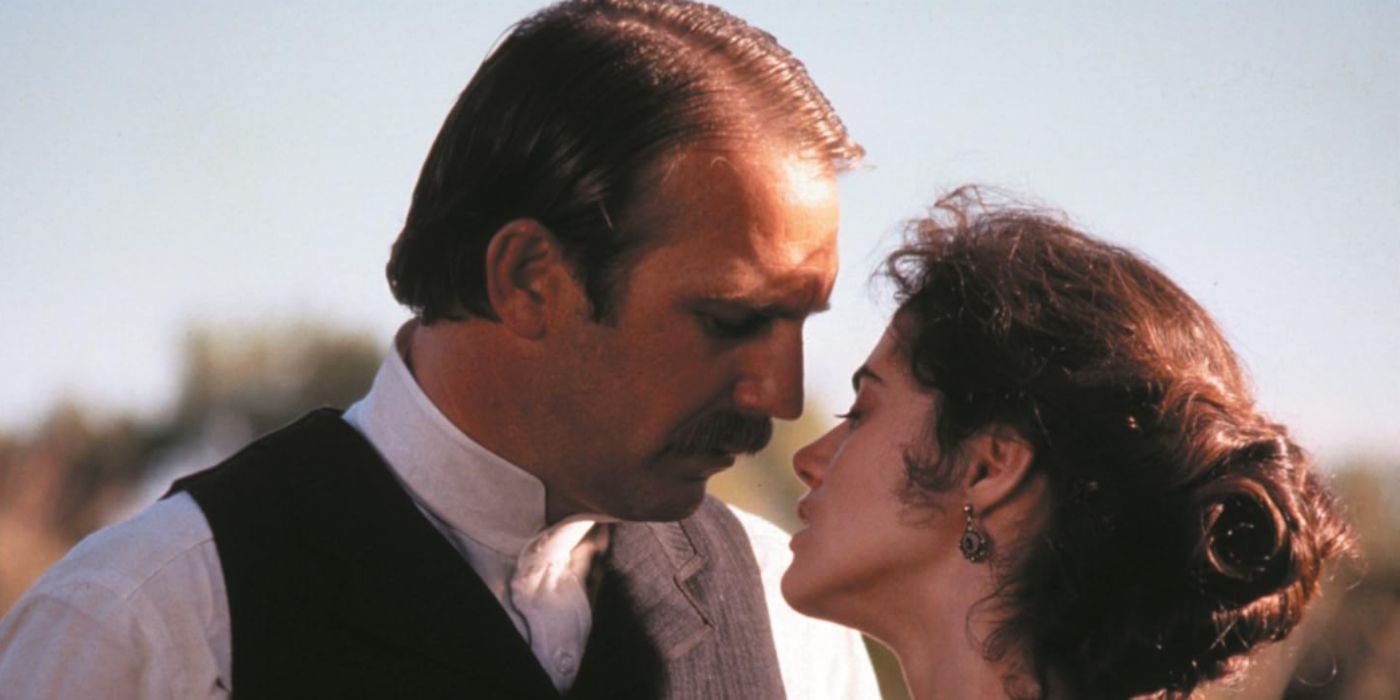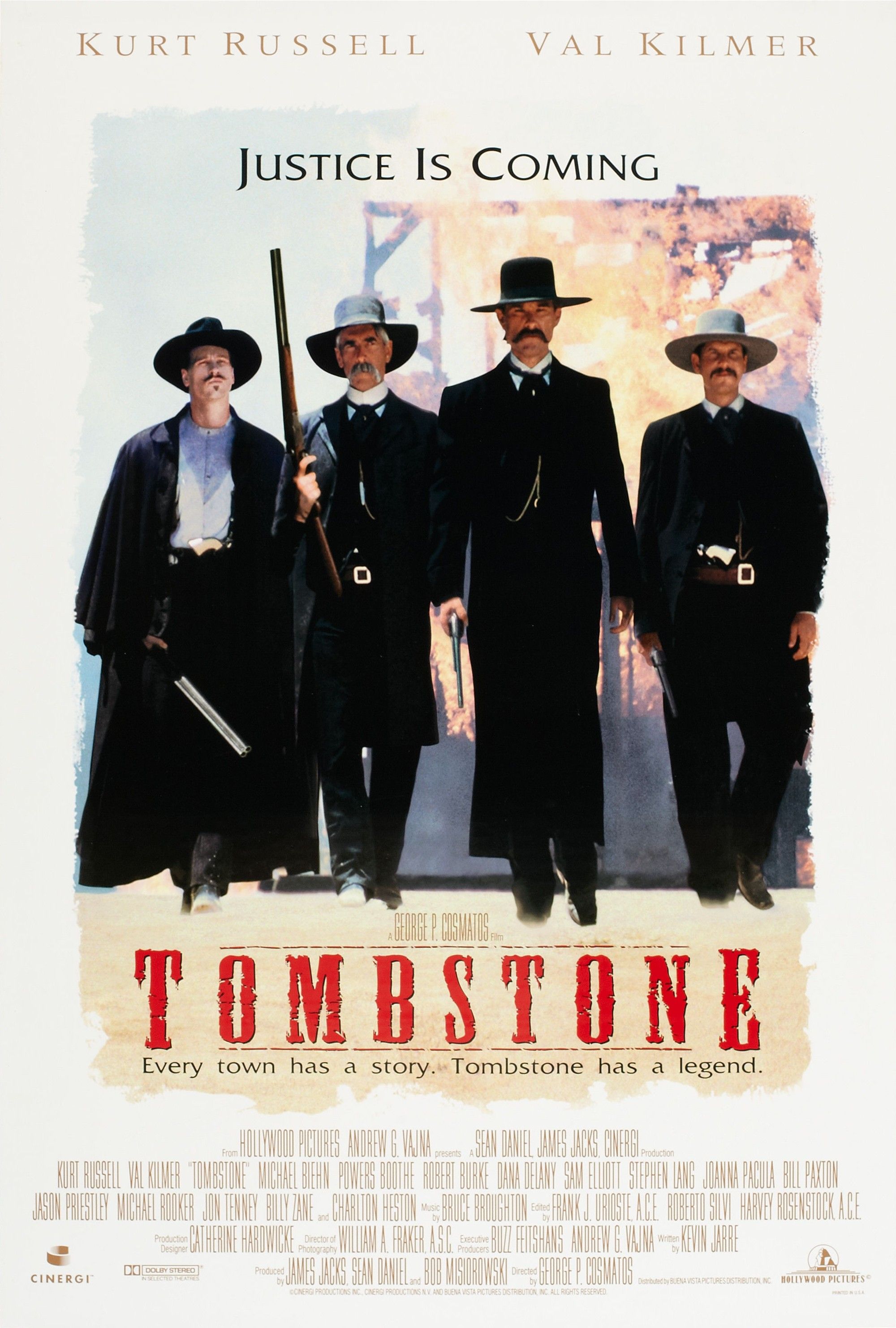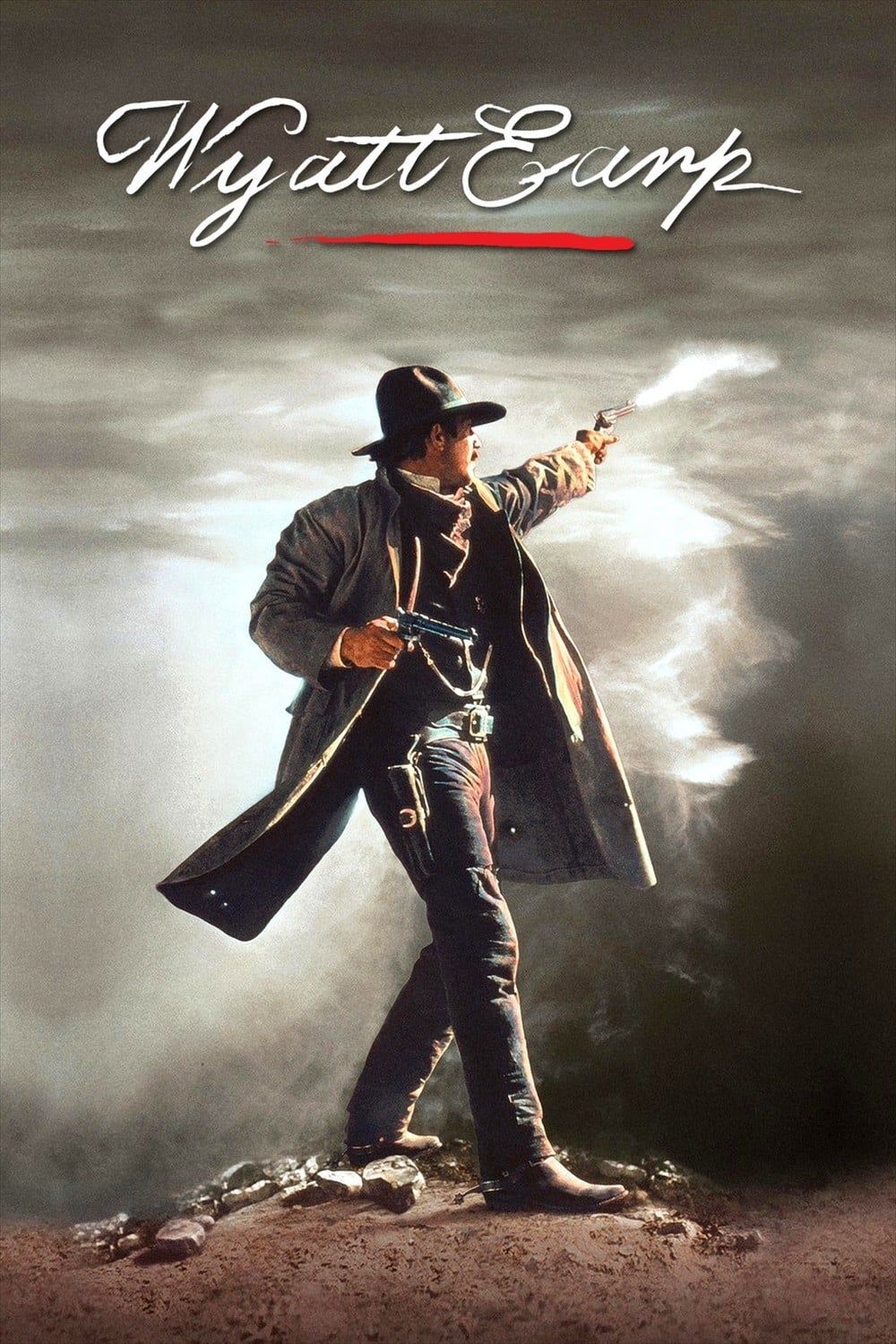An Old West historian has determined if the 1993 film Tombstone or the 1994 film Wyatt Earp had a more historical representation of the famous gunfight at O.K. Corral. Both films, which were released six months from each other, were biographies of lawman Wyatt Earp, his brothers, and his best friend, Doc Holiday, as they take up arms against the McLaury gang. It remains an ongoing discord about which version is better, with a general consensus that Kurt Russell’s is preferable. However, Kevin Costner’s Wyatt Earp may have the edge as far as how the gunfight at O.K. Corral was depicted.
Historian Mark Lee Gardner sat down for WIRED‘s Tech Support YouTube series to answer some burning questions about the Old West. Gardner was asked which film did the O.K. Corral scene best, to which he responded that Wyatt Earp’s version was a bit more accurate due to the proximity of the gunfighters to each other. He stated that the Costner movie better represented the estimated 15-foot distance between the two sides. He also noted that both films incorrectly had the gunslingers using holsters. Here’s what he had to say about the films:
I feel like the Wyatt Earp, Kevin Costner version is a little more accurate in that it has the gunfighters much closer together. They were literally within a few feet of each other. The Tombstone movie with Kurt Russell, it’s a very big lot, and actually that lot where the gunfight occurred, estimates are as small as 15 feet across, so it’s very tight, very compacted.
One thing that I liked about both films was that they did pull from the historical dialogue that was taken down in witness testimony after the OK Corral gunfight. That one famous line where Doc Holliday tells one of the McLaurys, he says, “You’re a daisy if you do.” Well, that actually was what he spoke at the time.
But the one thing that really stood out to me was that they have the Earps and Doc Holliday pulling guns from holsters. Wyatt Earp pulled his revolver from a coat pocket. Doc Holliday pulled his revolver from a coat pocket. It was very common at that time to have tailors make pistol pockets in your coats. It’s said that Wyatt Earp’s pocket was actually lined with canvas to ease a revolver coming out of that pocket and not catching the hammer on your coat.
What The Determination Means To Tombstone & Wyatt Earp
It Doesn’t Make Wyatt Earp A Better Film
Tombstone was released on December 25, 1993, and starred Russell as Wyatt Earp and Val Kilmer as Doc Holliday. The film was met with fairly positive reviews, currently holding a 73% on Rotten Tomatoes, and it was a moderate financial success, earning $73.2 million on a $25 million budget. It has developed a cult following over the years, thanks in part to Kilmer’s memorable performance as the hard-drinking Holliday.

Tombstone’s Opening Scene Immediately Dispelled A Western Movie Myth In 1993
The first moments of Tombstone completely disproved a popular opinion of Western movies at the time, and the opening scene is still great today.
Wyatt Earp, however, didn’t fare as well. Released on June 24, 1994, it was not well received by critics and currently holds a score of 31% on Rotten Tomatoes. It was also a box office disappointment, earning only $55.9 million on a $63 million budget. However, a main factor could be that audiences didn’t want to see another film about the same subject matter. Still, the consensus from critics and audiences is that Tombstone just has better storytelling, regardless of how historically accurate Wyatt Earp may be.
Our Take On The Historical Accuracy Of The Films
Both Movies Still Have Their Merits
Regardless of how historically accurate each film is or is not, both films are worth watching for different reasons. While Wyatt Earp may be a bit more meandering and could have used a considerable amount of tightening up, it’s worth watching for the cast, which includes Costner as Earp and Dennis Quaid as Holliday. As previously mentioned, Tombstone is a better movie overall, and it’s easy to see why it developed a cult following in the 30 years since its release.
Source: Wired


